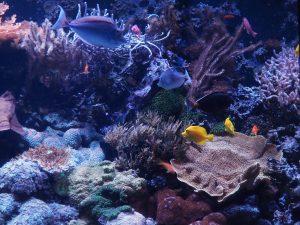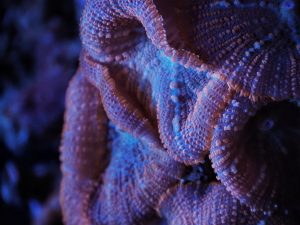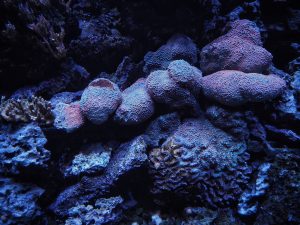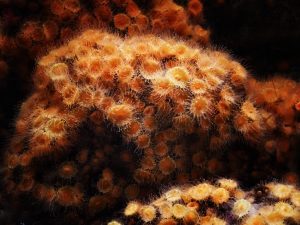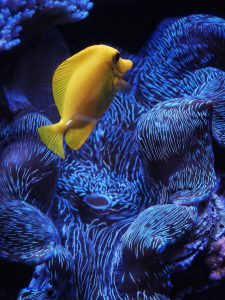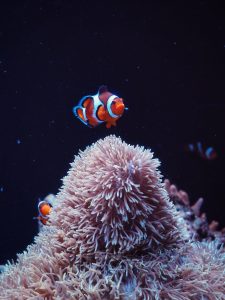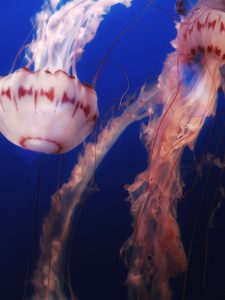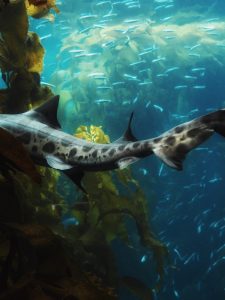Sea life, photography, aquariums and tidepooling: Sam does a takeover
Combining a love of sea life with a love of photography. What did second year student Sam Eck share with us during his Instagram takeover? 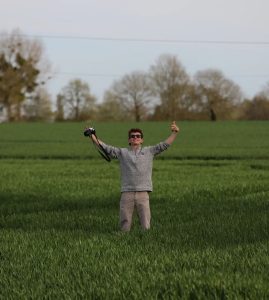
Hi there! My name is Sam and I’m currently a second year Marine Biology student at UW. Ever since I could remember I had a fascination with aquatic life. This could be tracking skittish crayfish in a backyard creek or watching sea anemones bask in tide pools. It didn’t really matter. Photography/videography are a few of my other passions. I became engaged with editing and shooting as a high school student in Paris and haven’t stopped ever since. Ultimately my goal is to combine the two and spread the beauty of our planet to a wider audience.
Aquarium visits
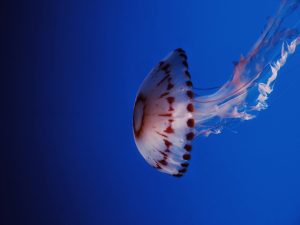
One of the photography-oriented trips I took this summer involved visiting the Monterey Bay Aquarium. Taking a camera to an aquarium is a great way to practice getting clean shots (aquarium glass is often spotless). I’ve also visited the Seattle Aquarium on a UW field trip. That’s where I got those shots of Sekiu the otter! Sekiu is the last sea otter born in a zoological facility in the U.S. It goes without saying that aquariums are super fun. Remember not to bring any flash components and be courteous of those around you.
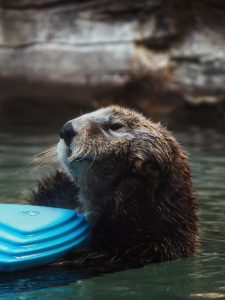
I shoot on an Olympus paired with a 14-150mm lens. So far I haven’t had the chance to test out other lenses but these specifications haven’t led to any huge limitations. If you’d like to start getting into photography, I’d recommend starting with your cell phone. I’m sure you already take photos daily, but start thinking about the editing process after. What can you do with this photo that will make it stand out from the rest? Indeed, it’s becoming difficult to differentiate between quality cameras and your personal iPhone, so don’t feel discouraged if you lack any legitimate gear. I use an app called “Snapseed” for all my editing. Once you feel comfortable with your style, go for it!
Nighttime low tide walks
Another great way to get involved with both marine biology and photography are during nighttime low tide walks. What are these?
@seattleaquarium hosts a semi-annual walkout at local beaches during major tide shifts. Assuming you have a careful step, you can safely view beautiful intertidal creatures that would normally be covered by a few feet of water!
“The Beach Naturalist program runs on low-tide days throughout the summer and on select winter evenings. The amazing people who operate it are local residents who care about Puget Sound beaches and want to help protect them. More than 200 people have volunteered to help community members learn about and enjoy our shorelines. Beach naturalists know their beaches: they can help you explore gently to keep animals and their homes safe.”
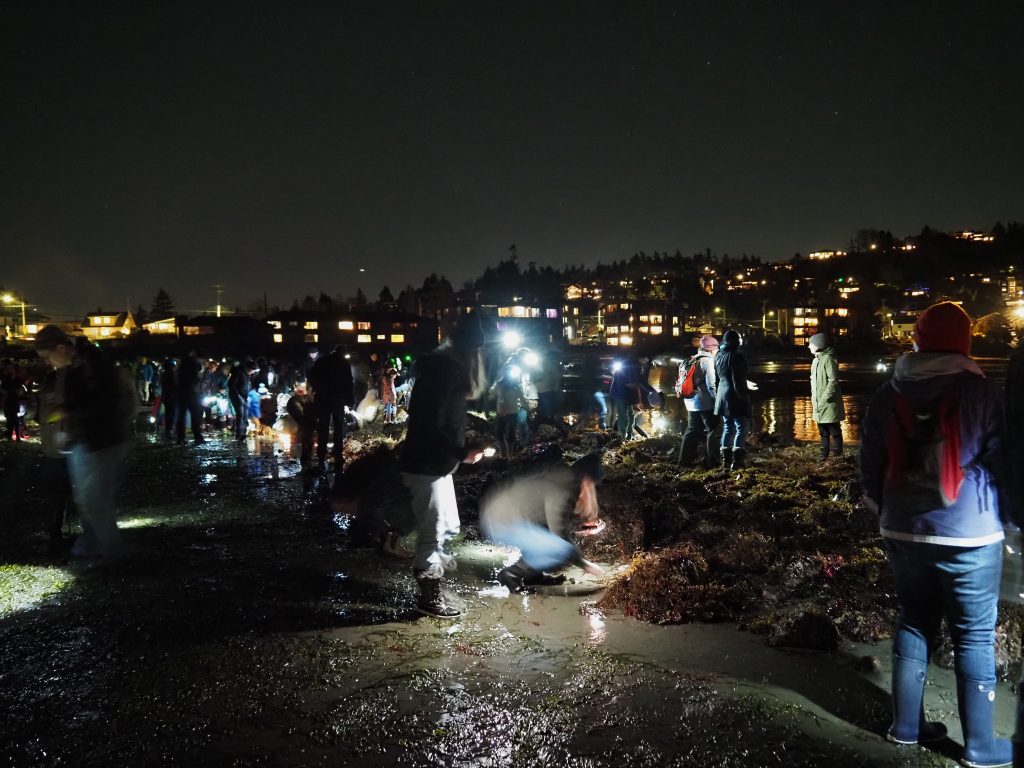
Remember to bring with you: rubber boots/slides, a headlamp, a warm jacket, and a snack (optional).
I go into further detail about the specific organisms you’re seeing on my page, @_samsflicks_
